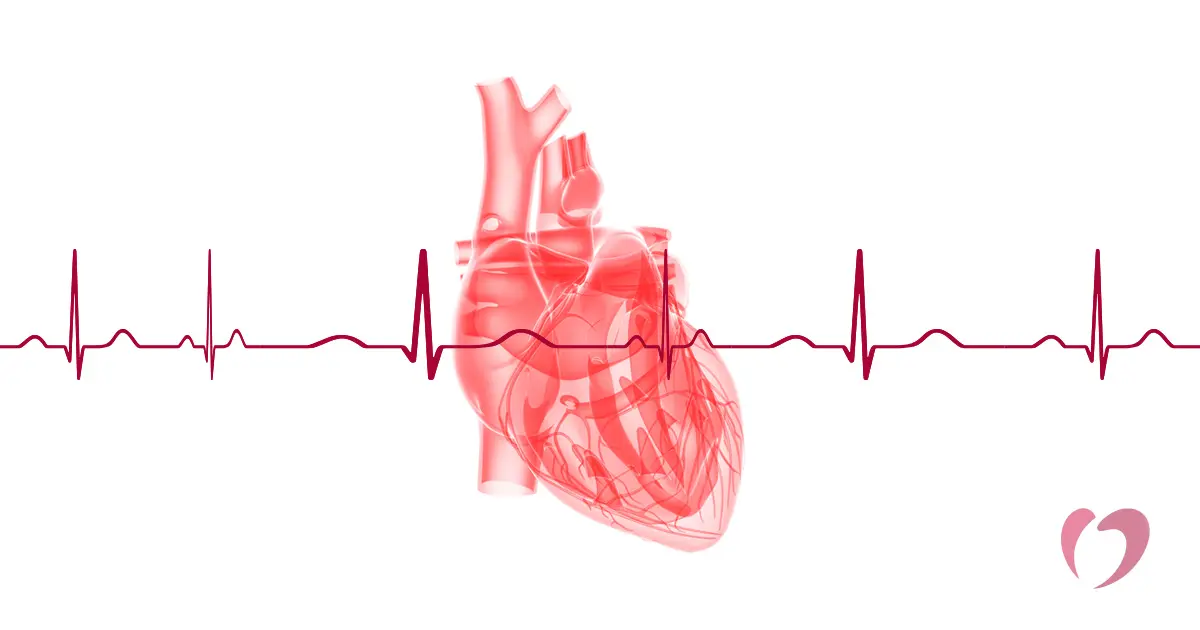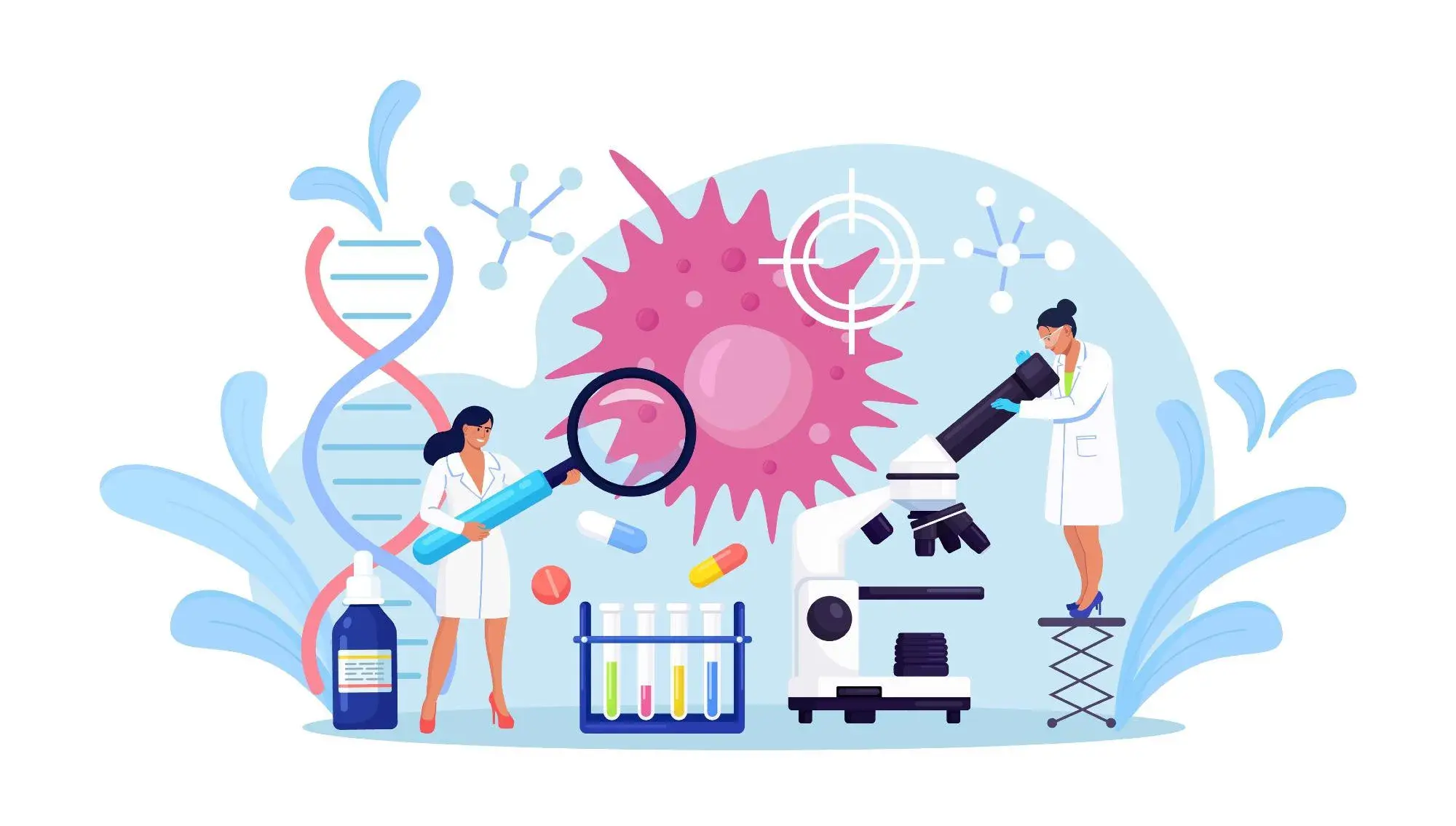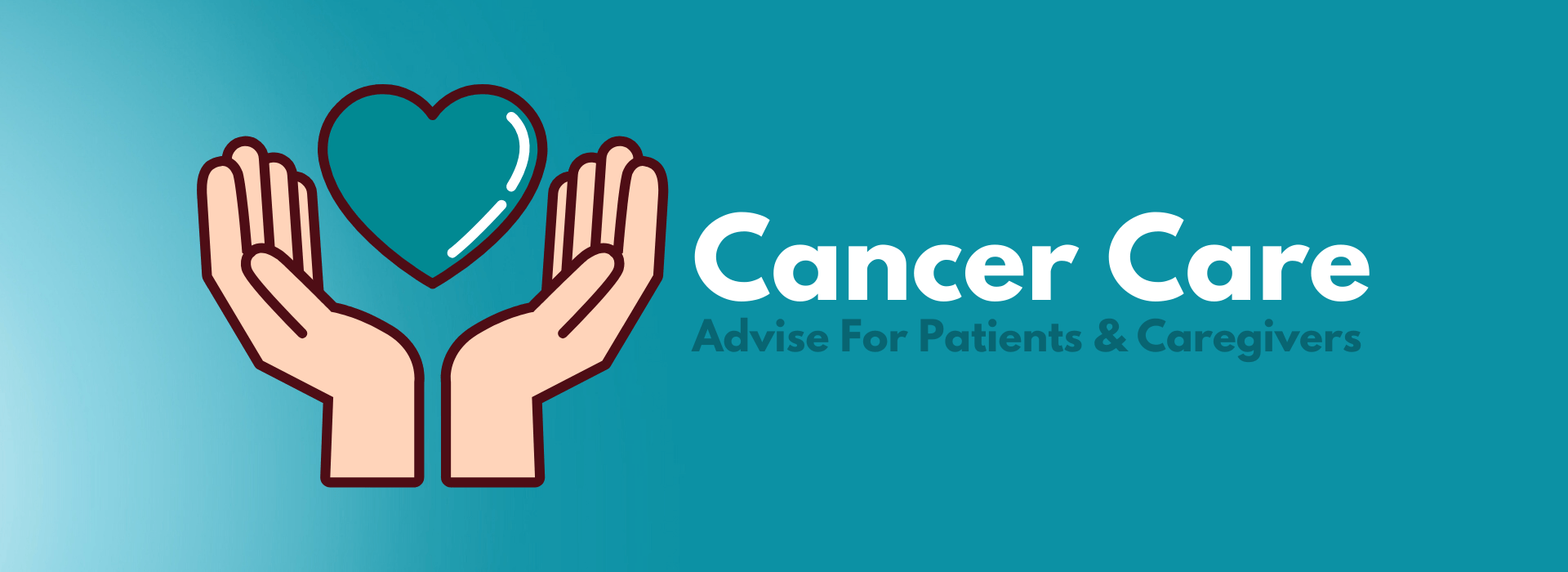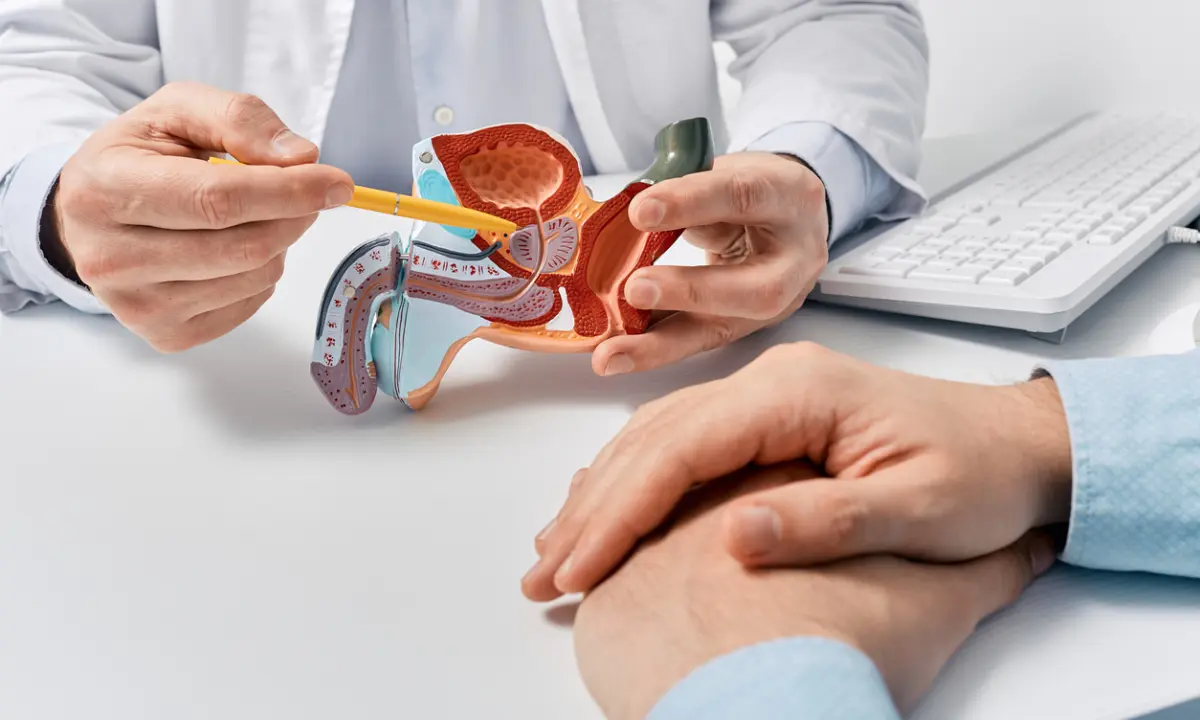Erectile Dysfunction (ED): Causes, Diagnosis & Treatment
Erectile Dysfunction (ED) is a common condition that affects millions of men worldwide. It refers to the inability to achieve or maintain an erection sufficient for sexual intercourse. While ED can happen to anyone at any age, it becomes more prevalent with age. In this article, we’ll explore the causes, diagnosis, and treatment options for ED, providing insights to help you better understand and manage the condition.
What Is Erectile Dysfunction (ED)?
Erectile Dysfunction is a condition where a man struggles to get or keep an erection firm enough for sexual activity. This can occur due to a variety of factors, from physical issues to psychological stress. ED can significantly impact a man's self-esteem, relationships, and overall quality of life. Understanding the underlying causes of ED is crucial to finding the right treatment.
Common Causes of Erectile Dysfunction
Erectile Dysfunction can be caused by a range of physical, psychological, and lifestyle factors. Here are some of the most common causes:
1. Physical Causes
- Cardiovascular Disease: Poor blood circulation due to heart disease can prevent sufficient blood flow to the penis.
- Diabetes: High blood sugar can damage nerves and blood vessels, leading to ED.
- Obesity: Excess weight can lead to hormonal imbalances and restrict blood flow.
- Hormonal Imbalances: Low testosterone levels are often linked with ED.
- Neurological Disorders: Conditions like Parkinson’s disease or multiple sclerosis can interfere with nerve signals required for an erection.
2. Psychological Causes
- Stress and Anxiety: Mental health issues, such as anxiety, can make it difficult to relax enough for an erection.
- Depression: Depression is a leading contributor to ED due to its effects on overall energy levels and libido.
- Relationship Problems: Emotional disconnect or tension between partners can affect sexual performance.
3. Lifestyle Factors
- Smoking: Smoking damages blood vessels and reduces blood flow to the penis.
- Excessive Alcohol Consumption: Alcohol can numb the nervous system, interfering with sexual performance.
- Lack of Exercise: A sedentary lifestyle can lead to poor blood circulation and overall health decline.
How Is Erectile Dysfunction Diagnosed?
Diagnosing Erectile Dysfunction typically involves a combination of medical history, physical exams, and diagnostic tests. Here’s how doctors diagnose ED:
1. Medical History
Your doctor will ask questions about your symptoms, lifestyle, and any underlying conditions such as diabetes, heart disease, or mental health issues.
2. Physical Examination
A physical exam helps assess your overall health, including checking your blood pressure, heart rate, and examining the genitals for any physical abnormalities.
3. Blood Tests
Blood tests may be conducted to check for underlying conditions like diabetes, hormone imbalances, or cholesterol levels.
4. Psychological Evaluation
If your doctor suspects that psychological factors are contributing to ED, they may refer you to a mental health professional for evaluation.
Treatment Options for Erectile Dysfunction
There are various treatment options available for men suffering from Erectile Dysfunction. Depending on the cause, these treatments can help improve symptoms and restore sexual function.
1. Oral Medications
- PDE5 Inhibitors: Drugs like Viagra, Cialis, and Levitra are commonly prescribed to improve blood flow to the penis. These medications are effective for many men, especially those with ED due to poor circulation.
- Testosterone Replacement Therapy: For men with low testosterone levels, testosterone therapy can help improve libido and erectile function.
2. Lifestyle Changes
- Diet and Exercise: A healthy diet and regular exercise can improve cardiovascular health and boost overall energy levels.
- Weight Loss: Maintaining a healthy weight can help reduce the risk of ED, particularly for men with obesity-related issues.
- Limiting Alcohol and Smoking: Reducing alcohol consumption and quitting smoking can significantly improve erectile function.
3. Psychotherapy
For men whose ED is rooted in psychological causes such as anxiety, stress, or depression, therapy may be an essential part of treatment. Cognitive Behavioral Therapy (CBT) and couples counseling can help address emotional issues affecting sexual health.
4. Vacuum Erection Devices (VED)
A vacuum pump is a non-invasive device that helps increase blood flow to the penis. It involves placing a tube over the penis and using a pump to draw blood into the organ, creating an erection.
5. Penile Injections and Suppositories
For men who don’t respond to oral medications, injections or suppositories can be effective. These treatments deliver medication directly to the penis to stimulate an erection.
6. Surgery
In severe cases, surgical options like penile implants or vascular surgery may be recommended. These options are typically reserved for cases where other treatments have not been successful.
When to Seek Help for Erectile Dysfunction
If you're experiencing regular difficulty achieving or maintaining an erection, it’s important to consult a healthcare professional. ED can sometimes be a symptom of underlying health issues such as heart disease or diabetes, so early intervention can help address both the condition itself and any contributing factors.
Conclusion
Erectile Dysfunction is a condition that affects many men but is treatable in most cases. By understanding the causes, seeking a proper diagnosis, and exploring the available treatment options, men can regain their sexual health and improve their quality of life. Whether through lifestyle changes, medication, therapy, or surgical interventions, effective treatments are available to help manage ED. Always consult with a healthcare provider to find the best solution tailored to your specific needs.
Explore

Erectile Dysfunction (ED) Medicine Online: Diagnosis and Treatment

Top 5 Male Enhancement Supplements and 5 Best Erectile Dysfunction Treatments

Understanding Heart Arrhythmia: Common Causes and Treatment Options

Understanding the Causes of Urinary Incontinence and How to Address Them

Cancer Treatment Breakthroughs: What’s on the Horizon in 2025?

Top 10 Addiction Treatment Centers in 2025: Reviews and Recommendations

Mental Health and Cancer Care: The Importance of Emotional Support During Treatment

New Breakthroughs in Advanced Prostate Cancer Treatment
